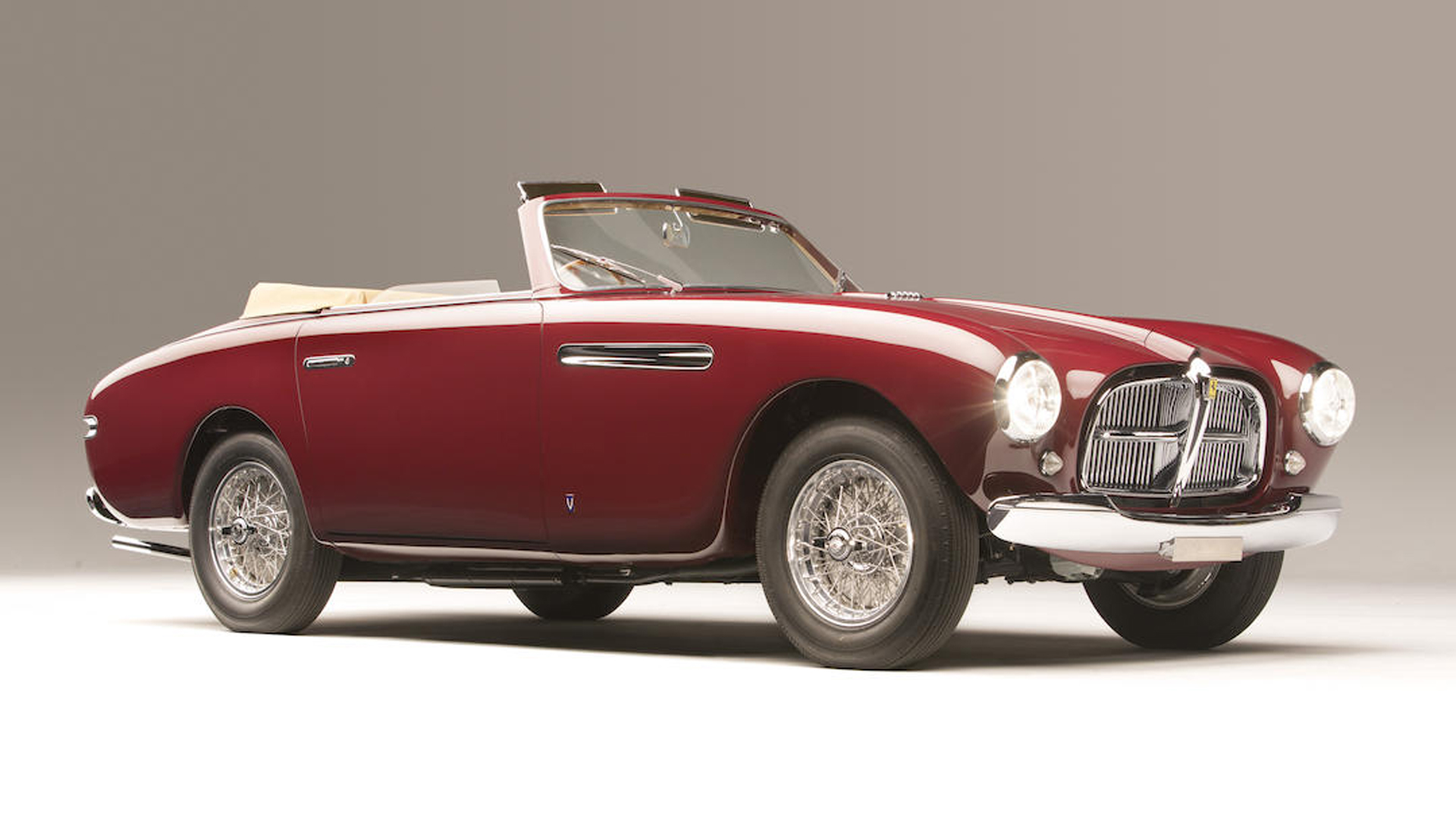The Alfa 8C 2300 stalls, the Ferrari sprints and the hearse survives
24 January 2020 5 min read 4 images

If you take a look at the results of the Bonhams auction, you could hardly be blamed for thinking the results weren’t exactly positive: sales totalled $8.1 million, roughly half those registered in 2019 (but we will explain why) and, despite 68% of the cars being offered without reserve, just 80.5% of the cars exchanged hands. Those with a reserve price couldn’t better 36%. Finally, of the 87 cars sold, just 28 (about a third) were sold at a price – including commissions – that was equal to or above their minimum estimate.
Register to unlock this article
Signing up is free and gives you access to hundreds of articles and additional benefits. See what’s included in your free membership. See what's included in your free membership.
Already have an account? Log In